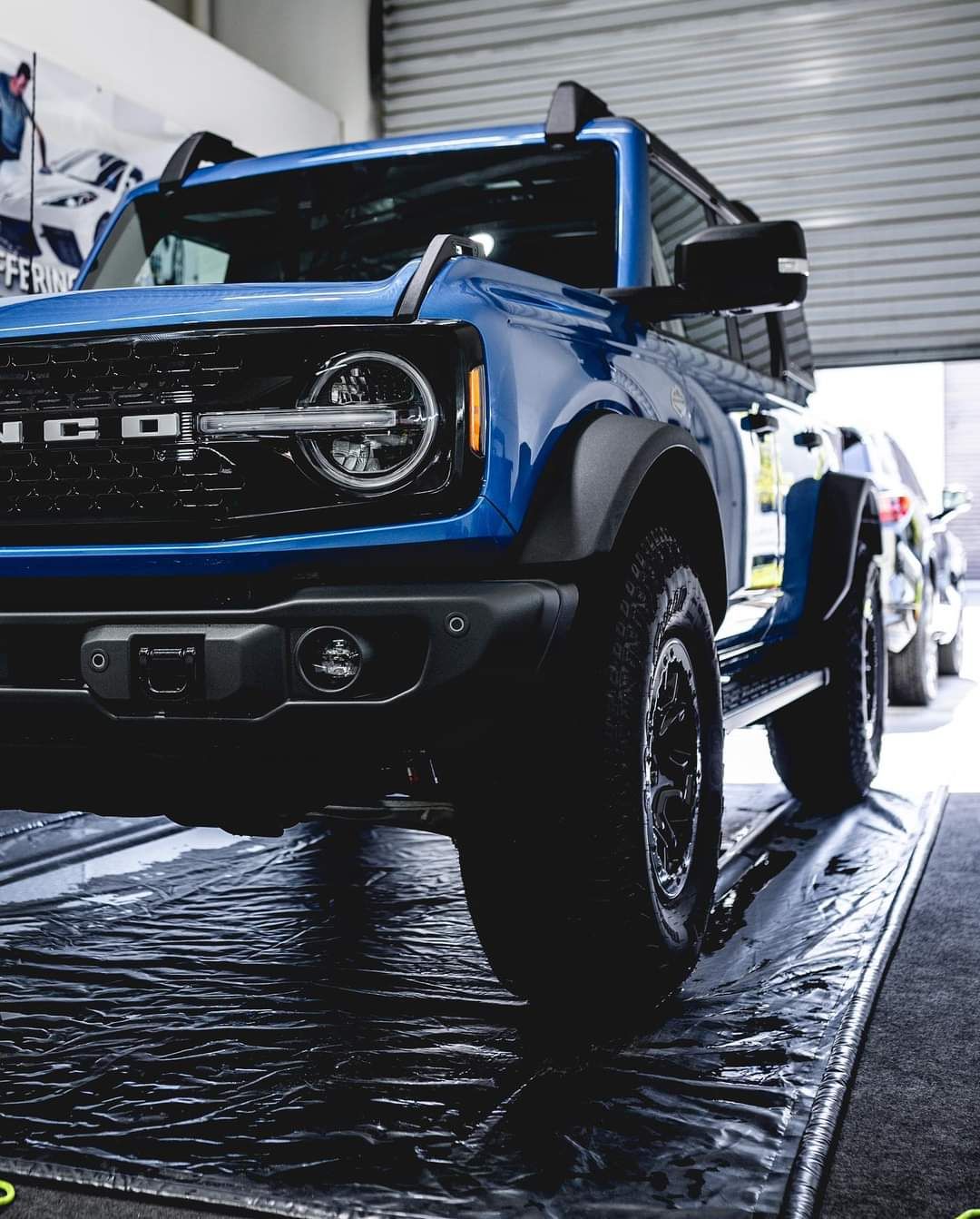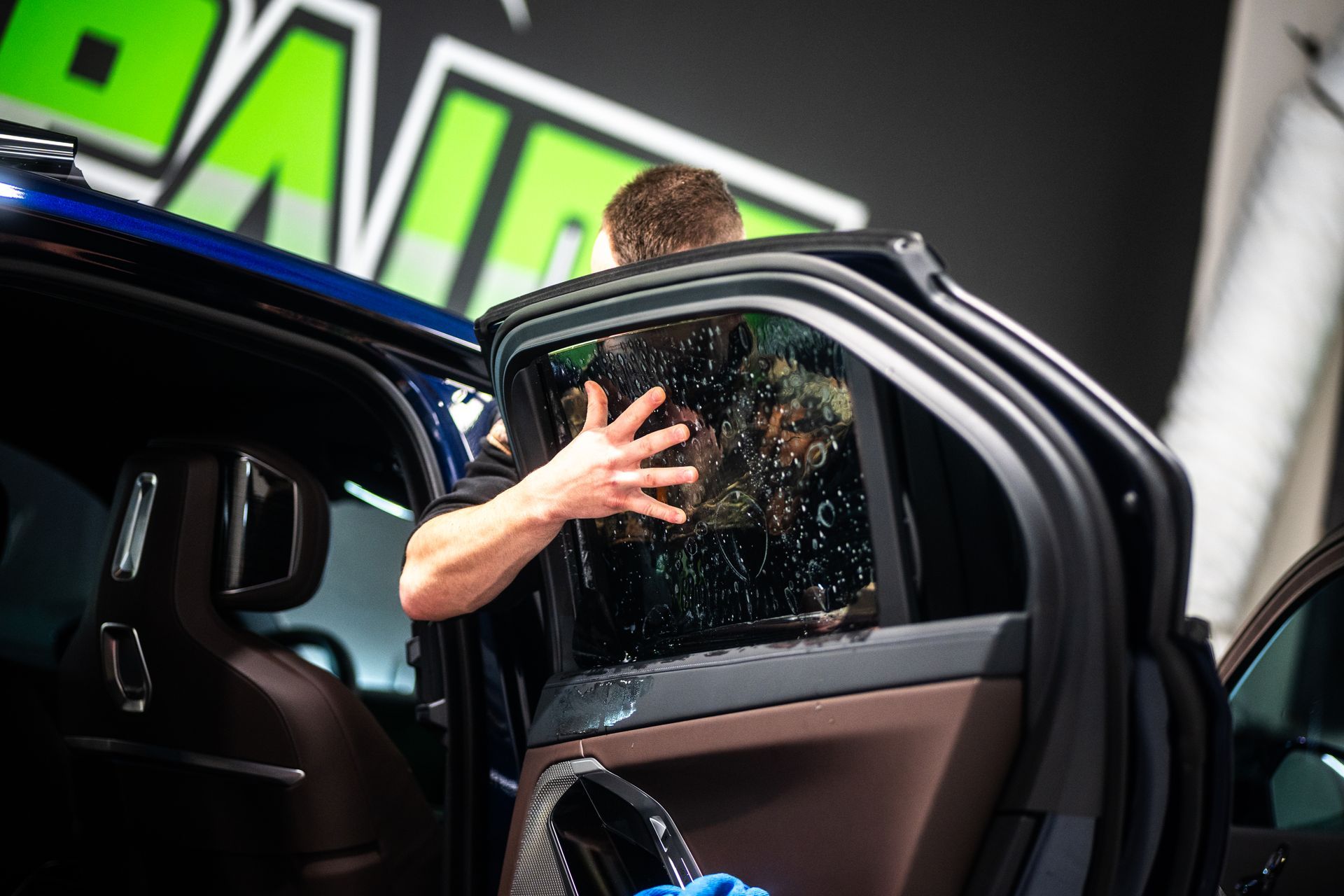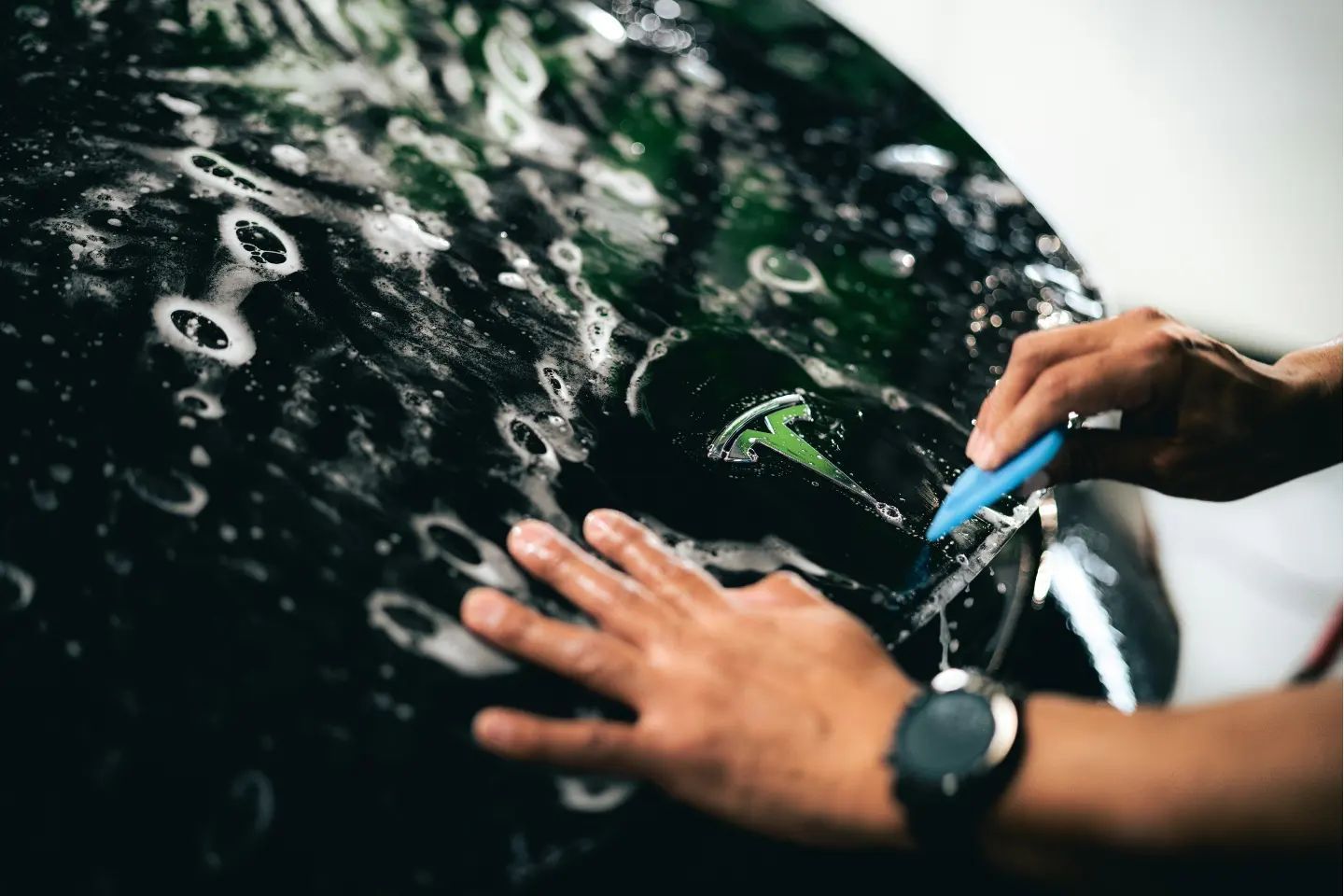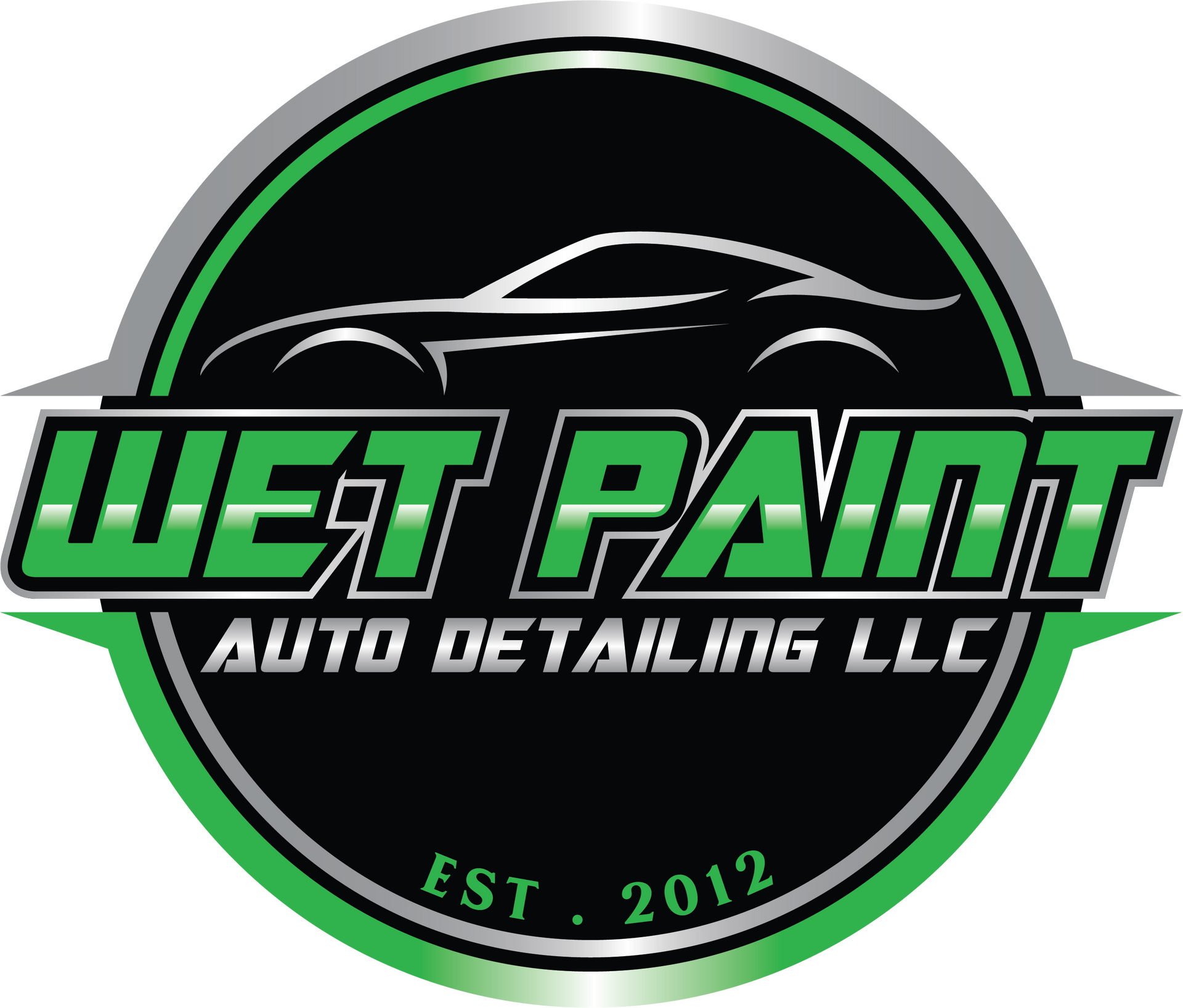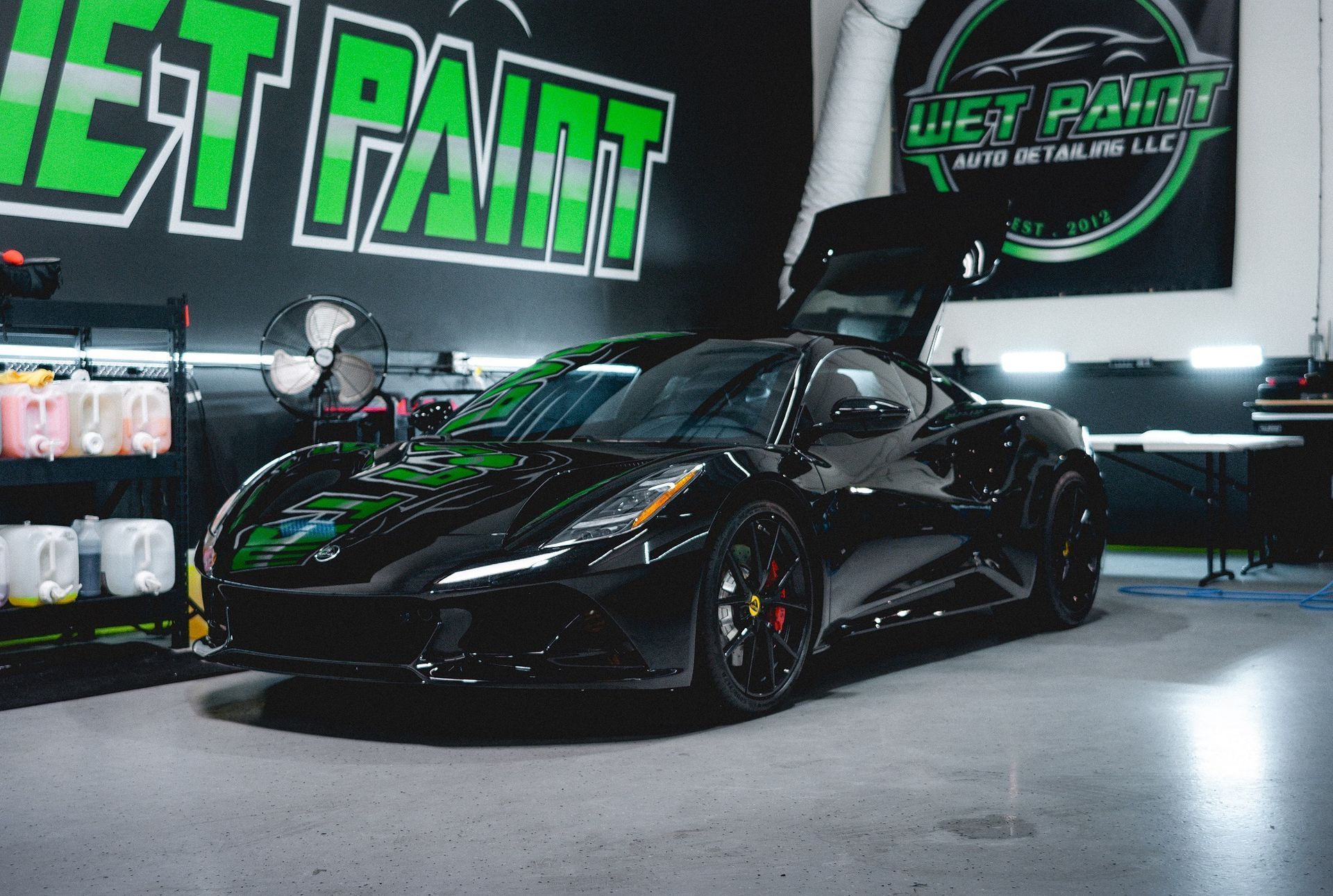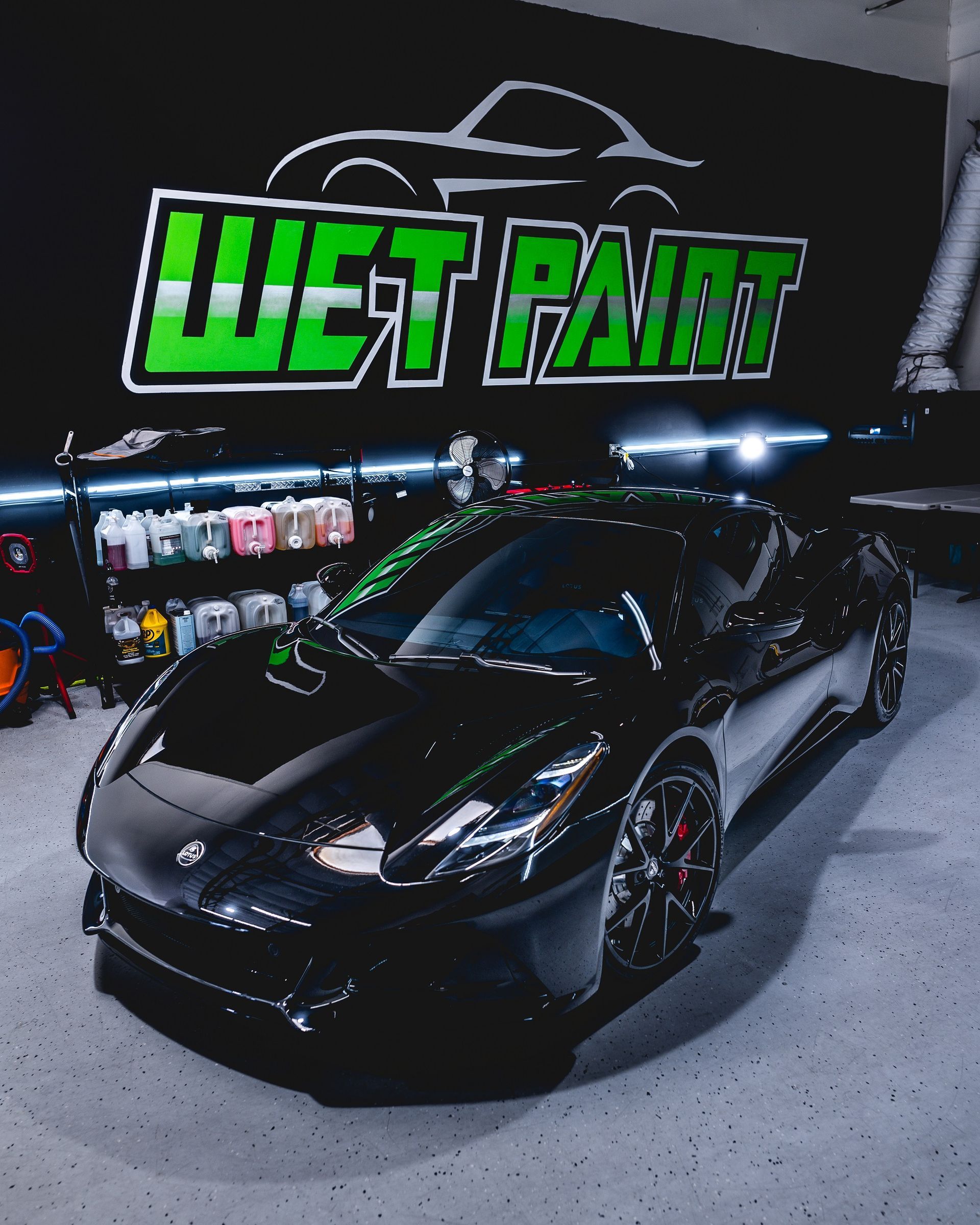Maintaining the shine of your paint protection film is crucial for every car enthusiast who takes pride in their ride’s flawless finish. The secret lies not only in choosing the right products but also in employing proven techniques to preserve its luster and extend its life span. Think about washing routines and knowing when to tackle spills immediately—each detail counts towards keeping your vehicle showroom-ready and preventing costly mistakes.
To maintain the shine of your paint protection film, it is essential to regularly wash it with a gentle, pH-neutral car wash soap specifically designed for paint protection film, avoiding harsh chemicals that can damage the film. Additionally, using a clean microfiber cloth for drying will help prevent water spots and preserve the film’s appearance, while applying a ceramic coating can enhance its gloss and protective qualities.
Top Tips for Keeping Your PPF Looking New
Establishing a regular washing routine is one of the most effective ways to maintain your paint protection film. Think of it like brushing your teeth; neglect can lead to buildup and long-term issues. Aiming to wash your vehicle once a week is ideal for preventing dirt and grime from accumulating on the surface. When washing, it is recommended using gentle techniques such as the two-bucket method or a foam cannon. These methods minimize the risk of scratching the film caused by abrasive contaminants. It's all about being meticulous and avoiding shortcuts. Consistent upkeep not only keeps your paint protection film pristine but also prolongs its lifespan, allowing it to perform its protective duty longer.
When washing your vehicle, it’s essential to avoid direct sunlight. This may sound simple, but it can make a world of difference. Washing in shaded areas prevents water spots that can form when soap and water dry too quickly due to heat. Water spots not only look unappealing but may also dull the shine of your PPF over time. So, whenever possible, seek out shady spots or plan your washing during cooler parts of the day, such as early morning or late afternoon. Another critical aspect is the immediate response to spills. If you live near heavy tree coverage or areas frequented by birds, addressing spills like bird droppings or sap without delay is crucial for maintaining both texture and clarity of the film.
To add an extra layer of protection, consider incorporating protective sealants or ceramic coatings specifically designed for paint protection films every few months. This step helps to enhance gloss and provides added resistance against environmental factors like UV rays and dirt accumulation. Many enthusiasts swear by dedicated formulations that bond with the film, extending its effectiveness while keeping it looking fresh and new.
Effective Cleaning Techniques for PPF
The process of keeping your paint protection film in prime condition is a rewarding endeavor that requires diligence. Start with a proper rinse to eliminate loose dirt and debris before applying any soap. Using a hose or pressure washer set to low pressure, gently spray down the vehicle, ensuring every nook is cleared of dirt. This initial step prepares the surface for thorough cleansing, making it easier to lift stuck-on grime when you introduce the soap.
Step-by-Step Cleaning Process
- Rinse Thoroughly: When rinsing, allow the water to flow freely over the surface, using enough force to dislodge any stubborn particles that might scratch the film during subsequent cleaning stages. A gentle approach here pays dividends later—think of it as giving your paint protection film a refreshing shower. Don’t rush this step; thorough rinsing truly sets you up for success.
- Use a pH-Neutral Soap: Select a pH-neutral soap specifically formulated for use on paint protection films. These soaps are milder than standard car wash detergents and effectively cut through contaminants without risking damage. Harsh chemicals might seem like a quick solution, but they can cause discoloration or degradation over time. Spend some time researching specific brands designed to be gentle on protective films.
- Gentle Scrubbing: With your chosen soap in hand, grab a soft microfiber mitt and begin scrubbing gently. It's vital to apply a light touch instead of pressing hard into the film; imagine you’re petting a delicate pet rather than scrubbing floors. Circular motions help lift dirt effectively while minimizing any chance of scratching or marring the film’s surface. Focusing on one small area at a time provides a much more thorough clean while ensuring you don’t miss spots. This scrubbing technique respects the integrity of your paint protection film while keeping it looking glossy and new.
- Rinse and Dry: Once you're happy with the scrubbing phase, rinse again thoroughly to wash away any residual soap that might leave streaks or spots behind. After rinsing, drying is equally essential; take a clean microfiber towel—preferably one with at least 300 GSM—and gently dry the surface to avoid water spots. A good drying technique can make all the difference between a polished look and an unsightly finish.
By following these effective techniques for maintaining your paint protection film, you’re not just cleaning—you’re ensuring its longevity.
Prolonging the Lifespan of Your PPF
Longevity is crucial when investing in paint protection film, and understanding how to care for it can make a world of difference.
- Regular Inspection: Regular inspection is a proactive approach that should not be overlooked. By routinely checking your paint protection film for any signs of damage or peeling, you can catch small issues before they escalate. Think of it like visiting the doctor—you want to identify potential health problems early on rather than waiting until they become severe. If you notice a small tear or bubbling at the edges, addressing these minor problems right away can prevent significant deterioration down the line. Remember to make this part of your routine—set an interval that works for you, like once a month. Just a few minutes devoted to examining your vehicle can save you time and money later.
- Protective Measures: Complementing regular inspections with protective measures can significantly enhance the paint protection film's lifespan. For instance, if your car is parked outside for long stretches, using a car cover is an excellent tactic. A quality cover acts like armor against harmful elements, including UV rays and acid rain, which can break down the protective film over time. It’s akin to shielding your skin from sunburn; if you wouldn’t walk outside all day without sunscreen, then don’t leave your vehicle exposed without protective coverage. Understanding your environment is also key. If you're in an area prone to harsh weather conditions or high pollution levels, consider additional barriers like a garage or covered parking.
- Professional Maintenance:
Lastly, enlisting professional maintenance is invaluable in preserving your paint protection film's integrity. Scheduling annual check-ups with a specialist allows for precise evaluations and ensures that the protective qualities are sustained. Experts have the tools and knowledge needed to inspect hard-to-reach areas and can apply solutions that might be beyond standard cleaning products. Think of this as a tuneup for your vehicle—regular professional attention can help maintain the luster and protective capabilities of your film, ensuring your investment continues to shine brightly.
Mistakes to Avoid When Caring for PPF
One of the key factors in maintaining the shine and integrity of your paint protection film is avoiding high-pressure washing. While it might seem efficient to remove dirt and grime, blasting your PPF with a high-pressure washer can lead to serious problems. The intense water pressure can force the edges of the film to lift, creating weak spots that compromise its protective qualities. Instead, opt for a gentle, widespread rinse with a garden hose or a handheld sprayer to remove debris without causing damage.
Another common mistake lies in the tools selected for cleaning. It might be convenient to grab any old sponge or towel around the house; however, these items often trap dirt and grit that can scratch your paint protection film's surface. Think of it like trying to wipe windows with a dirty rag; you're more likely to leave streaks than achieve cleanliness. Microfiber cloths are specifically designed for delicate surfaces, minimizing scratches while effectively lifting dirt away. Yes, they may cost a bit more upfront, but consider this an investment in your PPF's long-term health.
The temptation to reach for household cleaners can also present pitfalls. Many people assume that if it's good enough for their kitchen counter, it should be fine for their car. This assumption is misguided—products containing harsh chemicals like kerosene, acids, or industrial degreasers can degrade paint protection film’s adhesive properties and lead to discoloration or clouding over time. It's crucial to stick with PPF-approved cleaning agents that are formulated specifically for this application to ensure safety and longevity.
By steering clear of these pitfalls and adopting responsible care techniques, you not only protect the appearance of your vehicle but also ensure that your paint protection film continues serving as a formidable shield for years to come. Maintaining the integrity of your PPF is crucial for preserving the value and beauty of your vehicle.
Leading Paint Protection Film Services in Roseville, CA
For unmatched paint protection in Roseville, CA, trust Wet Paint Auto Detailing’s premier paint protection film services. Our expertly installed paint protection film shields your vehicle from road debris, scratches, and environmental wear, all while preserving its original appearance. With top-tier materials and skilled technicians, Wet Paint Auto Detailing ensures long-lasting defense for your investment. Experience the difference our precision and attention to detail can make—schedule your vehicle's paint protection film installation today! Call us at (916) 918-2289 to get started!
